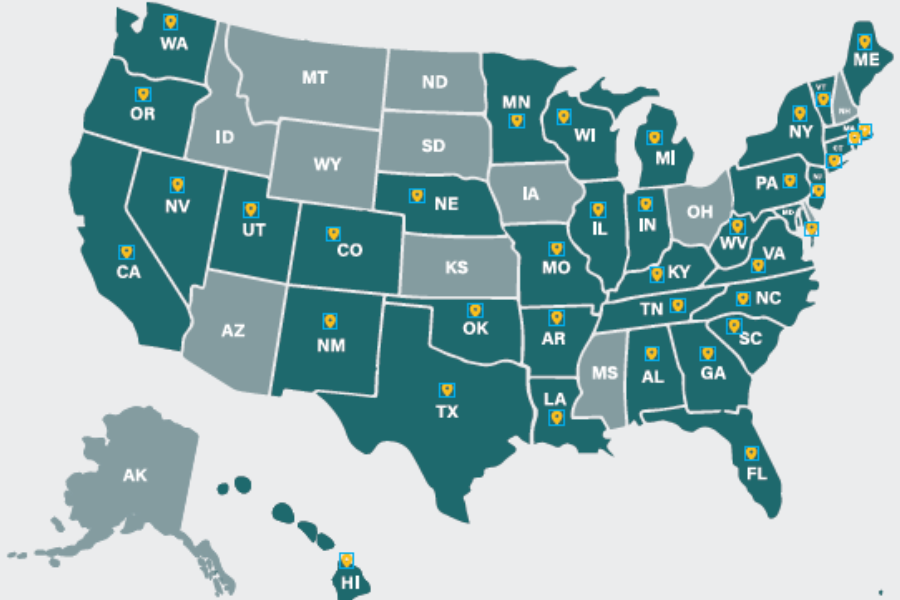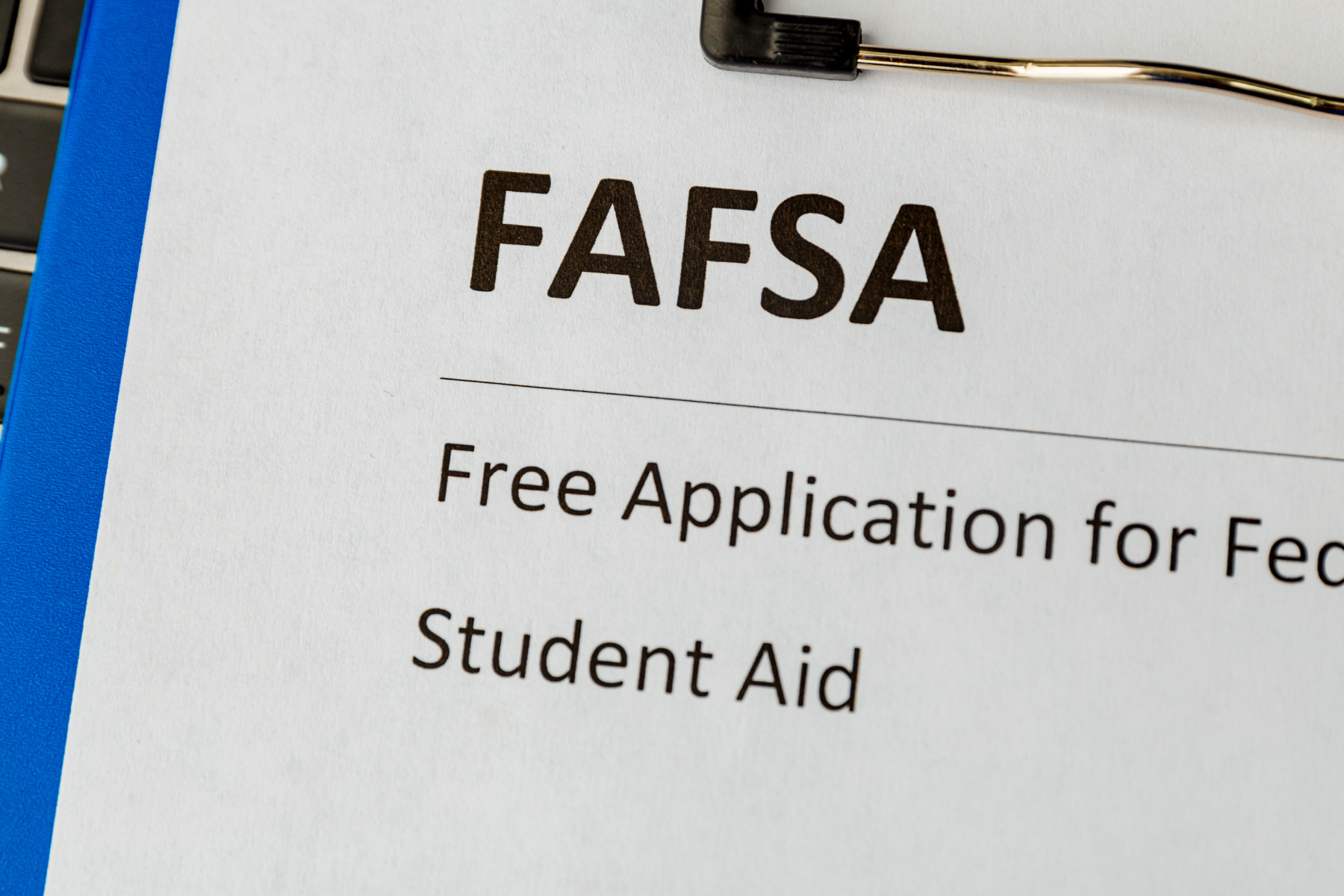Resources
Today’s Students Coalitions’ federal policy resources include the most current data on adult students, parenting students, college affordability, equity, and more. Our work has resulted in positive change for today’s students, including access to discounted broadband for Pell students, the establishment of emergency aid funds, and increased financial aid for parenting students.
Supporting America’s Student Parents
Equity Now Policy Toolkit
College Emergency Aid
Putting the Basic Needs of Today’s Students on the Map
Today's Students Deserve Their Fair (Data) Share
Short-Term Pell: Expanding Opportunity and Widening Pathways for Today's Students
The Numbers Speak for Themselves: Using FAFSA Data to Secure Today's Students' Basic Needs
Back to Basics: Solving Today’s Students’ Food, Housing, and Basic Needs Insecurities
State Profiles
State profiles feature key data points, visual infographics, and brief explanations of all 50 states, and are a quick and easy resource for policymakers, analysts and media.








